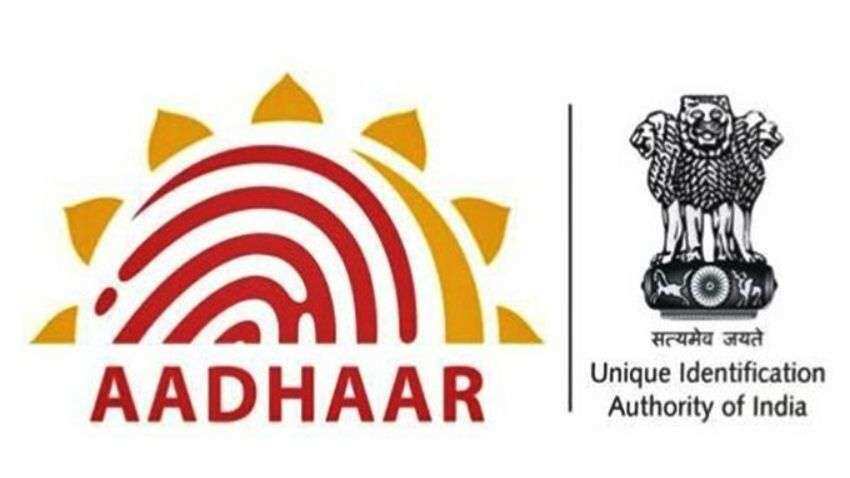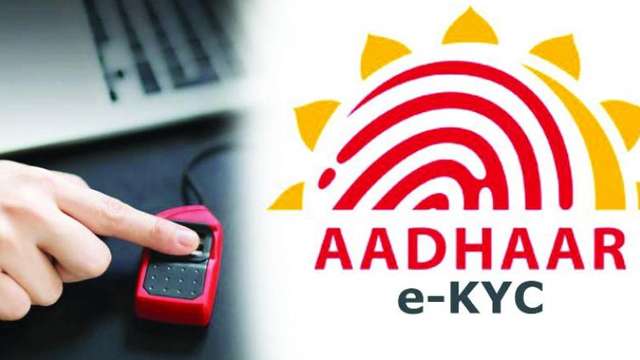Sociological Analysis of Aadhaar

In this article we attempt to understand the role of Aadhaar with respect to Public Distribution System (PDS). PDS started off as a food scarcity management system that aimed to ration food at affordable prices. Today, this scheme is an important part of the Indian Government’s policy for the management of the food economy in the country; targeted towards Below Poverty Line(BPL) families[1]. There are several issues to consider when we look into the implementation of this system but the one we will be focusing on within the scope of this article is the identification of households which are eligible to avail this scheme. Studies have shown that these targeted mechanisms are prone to large inclusion and exclusion errors. Almost 61% of the the eligible population were excluded from the BPL list while 25% of non-poor households were included.[2] Such level of exclusion errors are unacceptable since it rendered more than half the poor households ineligible for subsidised food rations and at the same time gave scope to smuggle PDS foodgrains to black markets[3].

The Unique Identity project (Aadhaar) was launched by the Indian Government back in 2009 with the objective of collecting biometric and demographic information to create a unique identification for all citizens of India. Due to its ability to eliminate duplicates and fake identities, the Aadhaar (Targeted Delivery of Financial and other Subsidies, benefits and services) Act was passed in 2016 by the Indian Parliament and subsequently seeded with various government welfare programs, PDS included [4]. This meant that biometrics became the defacto method for verifying whether a person is eligible for the ration or not. This comes with its own set of problems.
The introduction of Aadhaar-based biometric authentication (ABBA) might serve as a means of easy verification to many but this might also be a device of exclusion to others. This is especially true for people in rural areas, oldage, manual labourers, specially-abled people, etc. to name a few, who might not even understand this shift towards the digitization of identification procedures[5]. Further, especially for manual labourers, the constant strain on their fingers might result in a change of their finger impressions which results in inconsistencies in Aadhaar’s biometric authentication. This forces them to go through the gruesome process of updating their biometrics every now and then if not regularly for them to use these rationing facilities which, again, is a time-taking process. Other challenges include lack of proper infrastructure, internet connectivity, etc in remote parts of the country. All these factors lead to exclusion errors and while many end to end computerization projects of identity across the world have been focused on inclusion errors, they seldom made promises of solving the exclusion errors[6].

As Aadhaar authenticated services like PDS are targeted towards low income (BPL) families, it is usually the job of the female members of these families to get the rations from the fair price shops (FPS) as the male counterparts are expected to work for a livelihood. As the living conditions of the beneficiaries involve intense household chores when compared to others, many times the authentication services at the ePOS fail causing them to retry again and again, sometimes the next day or even updating their biometrics. Each time this happens, it causes the beneficiary to go through anxiety as their trust in the system is in question but at the same time it is the only way to get their rations for the month. Anxieties of recognition brought on by biometric authentication pertain to the gap between the promise of unique identification and dignified living. Aadhaar’s Strategy Overview (2010) noted that pre Aadhaar identity verification of the poor often lacked proper documents in order to avail of the benefits and subsidies which is what has allowed the government to place Aadhaar as a pro-poor identity verification mechanism that would prevent individuals from representing themselves ‘differently to different agencies’ [7] but this very single method of verification can make those female beneficiaries handicapped in situations when their authentication fails. This can be frustrating, meanwhile this could be mitigated if the other family member is listed on the same card but it could make it virtually impossible for single card holders like unmarried individuals or elderly widows to get these benefits[8]. Availing alternate authentication methods can be a long and tedious process, sometimes more than 6 months. After ABBA, beneficiaries’ ability to address their problems at the local level in case of authentication failure has substantially fallen[8].
While we critique ABBA for exclusion, this very technology has also allowed those segments (women, transgender, sex workers etc.) of the population that have been previously excluded from an individual identity[9]. Before this women tended to have relational rather than individual identity, and Aadhaar introduced the process of shifting from relational to individualized personal identity[10]. This has allowed greater mobility or including them from rights and other social protection payments. This has shown to have not just increased their sense of personal identity but has given them opportunities to grow in the community as a stronger individual as many banks and government initiatives give lucrative benefits for women and women led cooperatives in rural parts of the nation. While the novelty of Aadhaar stands in being a single form of identity across various benefit and services offered by the government, issues of improper seeding in previously existing databases, alternate mechanisms of authentication in rural areas where network/internet issues still persist and for beneficiaries who are prone to changes in biometric identification due to the nature of their chores need to be addressed for such a system to be fully integrated into the social structure.
References:
[1] https://dfpd.gov.in/pd-Introduction.html
[2] Sakshi Balani, 2014, “Functioning of the Public Distribution System: An Analytical
Report,” Working Papers id:5628, eSocialSciences.
[3] ‘35% of PDS foodgrains reach black market’, (2017)
[4] https://uidai.gov.in/what-is-aadhaar.html
[5] Khera, Reetika. “The Aadhaar debate: Where are the sociologists?.” Contributions to
Indian Sociology 52.3 (2018): 336-342.
[6] Baseless Aadhaar and its many flaws: When the poor lose their thumb prints, O. Manzar
& E. Mukherjee (2017)
[7] Aadhaar: When the Poor Get Left Out, A. BHARDWAJ, A. JOHRI(2018)
[8] Bidisha Chaudhuri (2019) Paradoxes of Intermediation in Aadhaar: Human Making of a
Digital Infrastructure, South Asia: Journal of South Asian Studies, 42:3, 572-587
[9] Shweta Banerjee, “Aadhaar: Digital Inclusion and Public Services in India,” World
Development Report, 2016, 81-92.
[10] Social Studies, Centre For Economic And & Kelkar, Govind & Nathan, Dev & Gupta,
Swathi & Ellanki, Revathi. (2014). Aadhaar - Gender, Identity and Development.